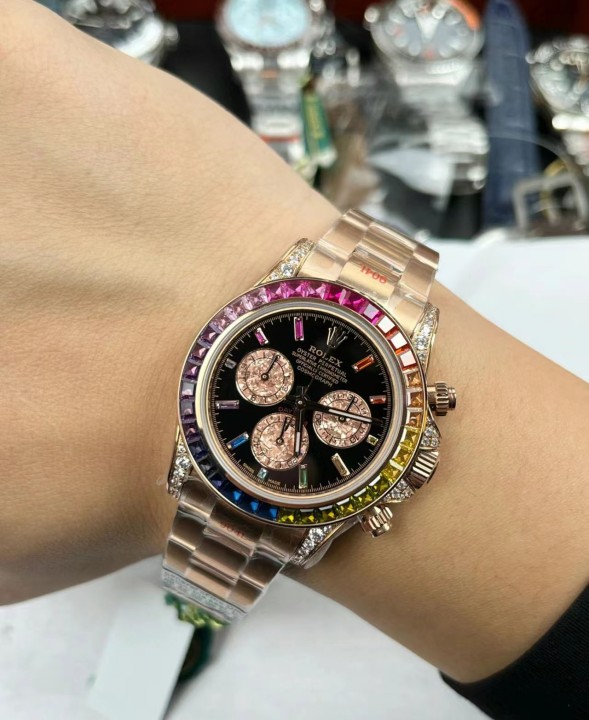The market for replica watches has grown substantially in recent years, fueled by advancements in manufacturing techniques and the increasing demand for luxury goods. The market is vast, ranging from low-quality imitations that barely resemble the originals to high-quality superfakes that are difficult to distinguish from the genuine article. Understanding the dynamics of this market requires an exploration of the consumers who purchase these products, the motivations behind their purchases, and the legal and ethical implications surrounding the production and sale of replicas. One of the primary drivers of the replica watch market is the desire for status and luxury. High-end watches have long been associated with wealth, success, and prestige, but their often-exorbitant prices make them inaccessible to many. Replica watches offer consumers a way to project that image without the financial commitment. For some, wearing a well-made replica of a luxury watch allows them to feel a sense of accomplishment and align with a certain lifestyle, even if they cannot afford the authentic item.

The appeal of these Luxe Replica Watches lies in their affordability, allowing individuals to own multiple luxury watches without breaking the bank. There are varying levels of quality in the replica watch market, and consumers have different expectations depending on what they are willing to pay. Low-tier replicas are generally poorly made, with inferior materials and clear differences in design and functionality compared to the original. These are often targeted at casual buyers who are simply looking for a watch that looks similar to a well-known brand. On the other end of the spectrum are high-tier replicas or superfakes, which are meticulously crafted to replicate the look, feel, and even some of the internal mechanisms of luxury watches. These watches can be so convincing that even experts sometimes struggle to tell them apart from the real thing. The rise of super fake replicas has created a significant challenge for the luxury watch industry, as it complicates the authentication process and undermines the exclusivity that these brands rely on.
The growth of the replica watch market is also closely linked to the ease of access provided by online platforms. E-commerce websites and social media have made it easier for sellers of counterfeit goods to reach a global audience. Consumers can now purchase high-quality replicas from overseas manufacturers with just a few clicks, often at a lower price than what they might find locally. This convenience has further fueled the popularity of replica watches, as it eliminates the barriers of geography and exclusivity. Most countries have strict laws against the manufacturing and distribution of counterfeit goods, and luxury watch brands aggressively pursue legal action against counterfeiters to protect their intellectual property. Despite these efforts, the market persists, in part due to the difficulty in regulating online sales and the sheer volume of counterfeit goods being produced. Ethically, the production of replica watches raises questions about intellectual property rights and the exploitation of labor, as many counterfeit goods are produced in factories with poor working conditions.